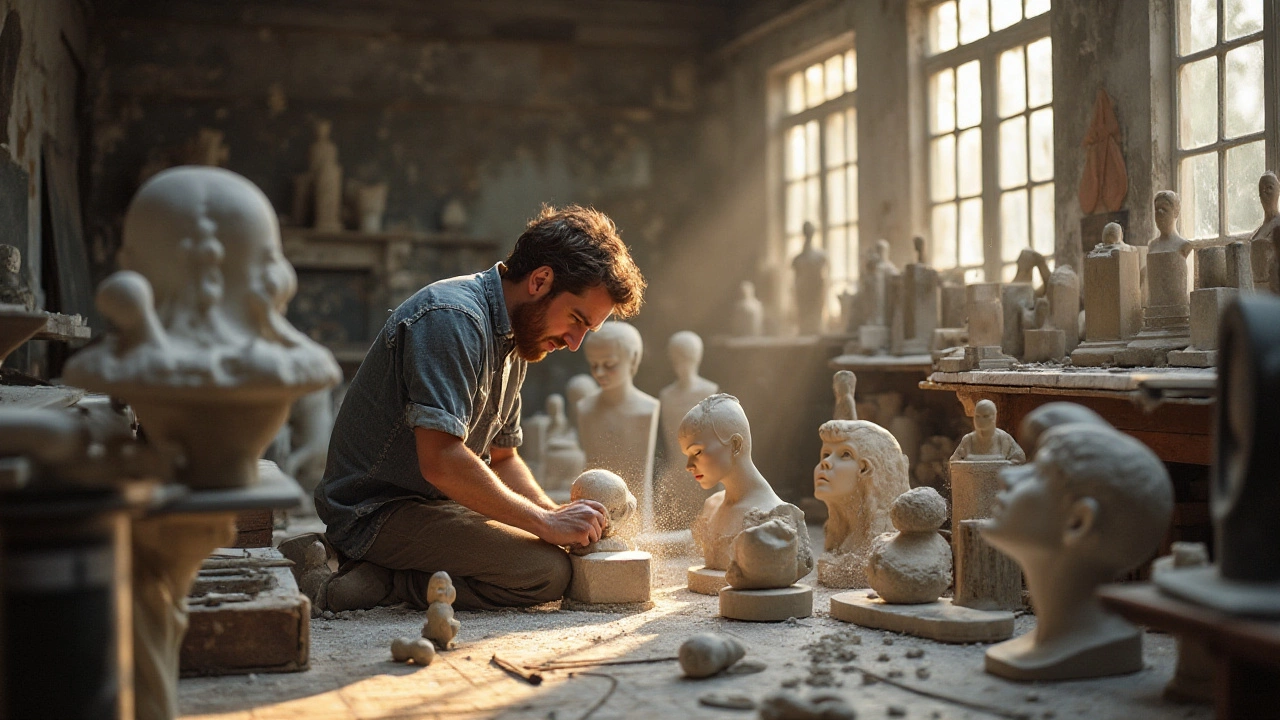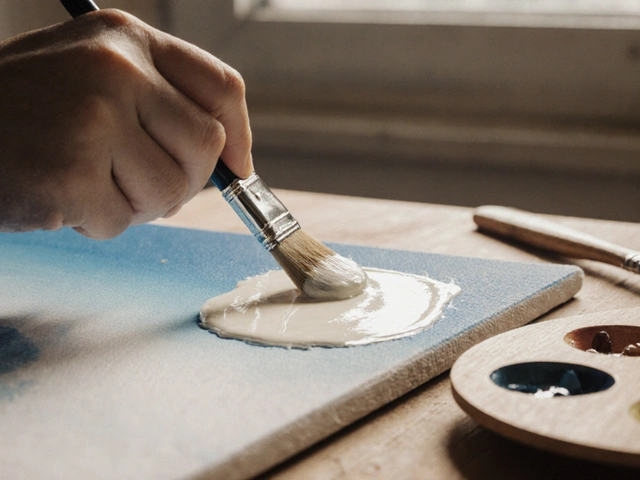Sculpture is a timeless and captivating art form that transcends generations, leaving an indelible mark on the world of artistic expression. At the heart of this craft is the talented individual known as a sculptor, who transforms raw materials into mesmerizing works of art. These creative maestros wield tools with precision and imagination, breathing life into stone, metal, and wood.
The journey of a sculptor is as fascinating as the art they create, intertwining history, culture, and innovation. From the ancient marvels of the Parthenon to modern masterpieces gracing city parks, sculptures have told stories, captured emotions, and pushed the boundaries of creativity. In this article, we will delve into the various facets of sculpture art, exploring its rich history, diverse methods, and the essential skills needed to excel in this inspiring field.
- Who Are Sculptors?
- History and Significance of Sculpture
- Methods and Materials Used in Sculpture
- Tips for Aspiring Sculptors
Who Are Sculptors?
Sculptors are artists who possess the remarkable ability to shape, chisel, carve, and mold materials into works of art that engage the senses and spark the imagination. These creative souls utilize their hands and minds to bring ideas to life, a process that demands both technical skill and an intimate understanding of the medium. The journey of a sculptor can be as diverse as the art itself, ranging from traditional skills passed down through generations to innovative techniques embraced by modern artists. Their works can be found in a variety of locations, from indoor galleries to outdoor public spaces, each piece carrying a story or message intended to resonate with those who encounter it. The world of sculpture is vast, allowing for an endless variety of artistic expressions.
The role of a sculptor is not merely confined to creation but extends to the exploration of themes, concepts, and emotions. These artists often draw inspiration from nature, personal experiences, and societal issues, channeling these influences into their work. Notable sculptors like Auguste Rodin, known for ‘The Thinker’, or Michelangelo, who immortalized ‘David’, have set benchmarks in the art form with their extraordinary skill and vision. Fact is, their life stories almost seem like a romance in stone and metal, forever capturing the interplay of light and shadow, texture and form. Such works encourage viewers to stop, reflect, and question the world around them, making the art of sculpture a powerful medium for communication and expression.
Sculptors work with a myriad of materials, each possessing unique characteristics that can challenge and inspire. From the classical elegance of marble to the modern versatility of steel, the choice of material can significantly influence the artistic process and the final piece. Traditional methods such as chiseling and carving remain integral to the craft, while contemporary techniques include welding, casting, and 3D printing. This evolution in methods allows sculptors to push the boundaries of creativity, blending time-honored practices with cutting-edge technology.
In the words of British sculptor Henry Moore, “To be an art lover is to love the world. To be a sculptor is to become closer to it.” This sentiment encompasses the passion that drives sculptors to innovate and explore within their medium. The ability to reinterpret reality and challenge perceptions is what makes sculptors vital contributors to the art world. It is this dedication to their craft, coupled with an artistic vision and a relentless pursuit of excellence, that defines what it means to be a sculptor.
While the path to becoming a sculptor may vary, the foundation often lies in a strong educational background, formal training, and continuous practice. Many aspiring sculptors begin their journey by studying art and design, gaining a deep understanding of both the theory and practice of the craft. Engaging in workshops, apprenticeships, and collaborative projects provides invaluable experience and an opportunity to learn from experienced practitioners. For those embarking on this artistic path, honing one’s skills and nurturing a distinctive artistic voice becomes a lifelong pursuit.
Ultimately, sculptors are dreamers and storytellers, skilled laborers and visionaries, who invite us to see the world through their eyes. They embrace the challenge of transforming the tangible into the profound, creating sculptures that can evoke wonder, provoke thought, and inspire change. Regardless of the era or medium, sculptors continue to captivate hearts and minds, shaping the cultural and artistic landscapes of our shared human experience.
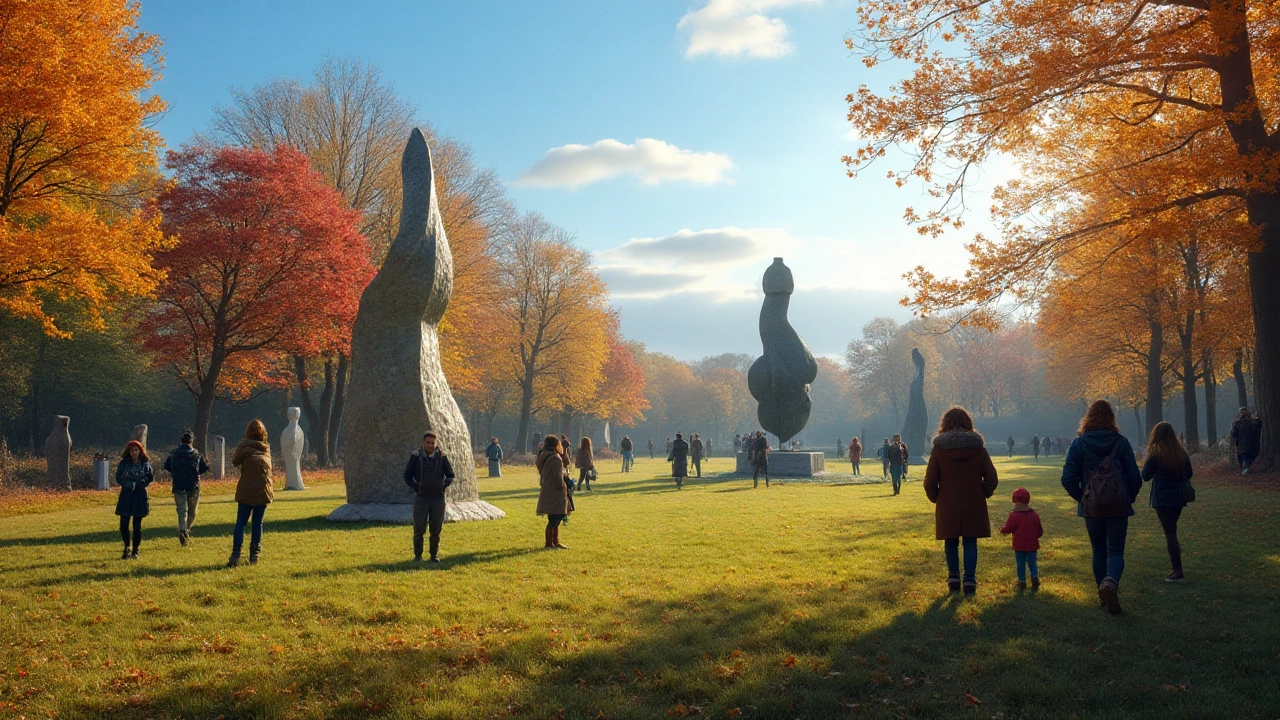
History and Significance of Sculpture
Sculpture is one of the oldest and most profound art forms, deeply woven into the tapestry of human history. Archaeologists have unearthed sculptures from the ancient world that date back to over 30,000 years, such as the fascinating Venus of Willendorf. This diminutive yet powerful figure highlights how early humans expressed spiritual beliefs and cultural narratives through three-dimensional forms. As societies evolved, so did their artistic expressions, and sculptures often stood as testament to their values, achievements, and aspirations. The ancient Egyptians were masters of the craft, as seen in their breathtaking statuary like the Great Sphinx of Giza, which symbolizes strength and wisdom. Each meticulously crafted piece held religious and political significance, often intertwined with the depictions of gods, rulers, and mythical beings.
Greece, renowned for its philosophical and artistic advancements, gifted the world with classical sculptures such as the revered statue of Zeus at Olympia, one of the Seven Wonders of the Ancient World. Greek artists introduced a level of naturalism and idealized beauty that would influence generations. They refined techniques such as contrapposto, where the figure's weight is shifted to create a more dynamic posture, marking a pivotal moment in art history. As the Roman Empire rose to prominence, they adopted and adapted Greek art, creating grandeur sculptures that celebrated military conquests and leadership.
With the turn of the Renaissance, a rebirth of classical knowledge sparked unprecedented advancements in arts across Europe. This period saw the emergence of legendary sculptors like Michelangelo, whose intricate work on the statue of David and the frescoes in the Sistine Chapel continue to evoke awe and admiration. The Renaissance revitalized interest in humanism, leading artists to explore themes of individuality and emotion in their work. Emerging technologies and tools allowed for even more detailed and expressive sculptures, paving the way for modern artists.
"The true work of art is but a shadow of the divine perfection," Michelangelo famously remarked, capturing the spiritual and timeless allure of sculpture.
In modern times, sculptors challenge conventions, employing new materials and unconventional methods. From the iconic works of Auguste Rodin, whose dynamic forms offered a glimpse into inner emotional turmoil, to the abstract creations of Henry Moore, sculpture remains a powerful medium for exploring human experience. Public sculptures often become cultural landmarks, like the towering Statue of Liberty, which embodies freedom and democracy, inspiring countless visitors.
The significance of sculpture is amplified by its tangible and tactile nature, inviting observers to engage with art in a unique way. Unlike paintings confined to canvas or paper, sculptures occupy shared spaces, establishing dialogues with their surroundings. Whether augmenting public spaces or adorning sacred sites, they provoke reflection and connection in those who witness them. As technology and society evolve, the art of sculpture continues to captivate, pushing boundaries and carving new stories in the ever-evolving narrative of human creativity.
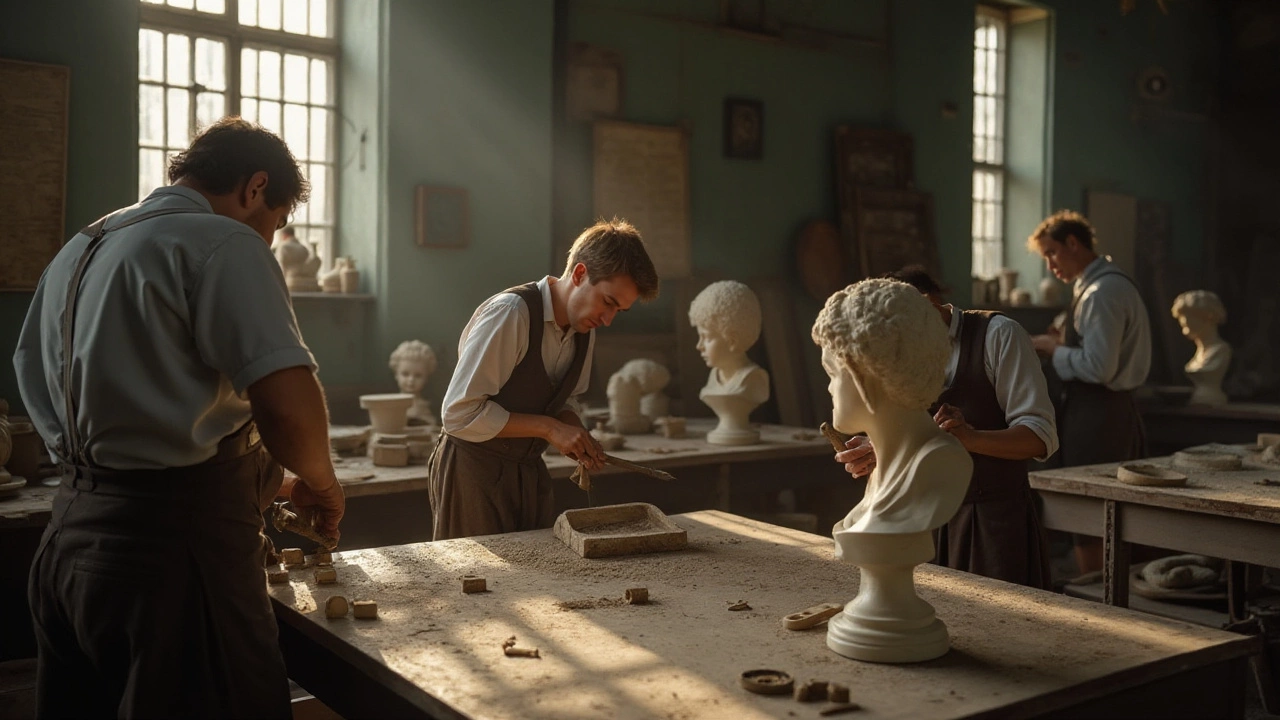
Methods and Materials Used in Sculpture
Engaging in the art of sculpture requires a blend of creativity, technical skill, and a deep understanding of the materials at hand. Sculptors, those cherished artisans, have a rich array of methods at their disposal, each demanding not only skill but also a strategic selection of materials to better express their artistic vision. Whether chiseling stone or molding clay, the sculptors craft is as much about the technique as it is about the medium they choose. Stone carving, one of the most ancient and revered methods, involves chipping away at the material to reveal the form hidden within. This subtractive process requires patience and precision, often leaving no room for error. Throughout history, limestone, marble, and granite have been favorites in stone sculpture due to their durability and workability.
Adding to the diversity of methods, sculptors also delve into the world of modeling, which is a more forgiving process often using pliable materials like clay or wax. Unlike stone carving, modeling involves shaping and forming the material into a desired form, allowing the artist to add or remove material with ease. This flexibility makes it a preferred choice for those seeking to experiment with forms before finalizing their masterpieces. Clay, with its pliability and versatility, is a beloved medium that offers this potential. It can be easily manipulated, shaped, and even reshaped until the perfect form emerges, making it a go-to choice for many sculpture artists.
Metalworking and casting are other significant methods employed within the realm of sculpture. Metals such as bronze, iron, and steel offer a unique opportunity for detailed and robust creations. The process of lost-wax casting, where a duplicate metal sculpture is cast from an original wax model, remains one of the most respected techniques. This method allows for great detail and durability, enabling intricacies in design that are unattainable with other techniques. There’s a beauty in watching molten metal fill the voids of a wax mold, resulting in sculptures that have endured the test of time.
Renowned sculptor Auguste Rodin once remarked, "The artist must create a spark before they can make a fire and before art is born, the artist must be ready to be consumed by the fire of their own creation." This quote beautifully encapsulates the passion and dedication required in sculpture.
For those interested in merging materials, assemblage methods might be preferable, allowing sculptors to piece together found objects or preformed components into a cohesive whole. This method brings a distinct perspective to artistic expression, challenging conventional uses of everyday objects. Sculptors practicing assemblage often let their creativity guide them beyond traditional boundaries, producing works that tell a story through the combination and arrangement of disparate elements.
While choosing the right material and method, it’s crucial for aspiring sculptors to consider their artistic vision and the environment where the sculpture will reside. Material traits such as tensile strength, malleability, texture, and weight can all significantly affect the final piece. It is the interplay between a sculptor’s creativity and their chosen materials that gives birth to magnificent works of art, each piece as unique as the artist who forged it. This delicate balance between method and material showcases the artistry and technical prowess that defines sculpture as an enduring form of cultural and artistic impact.
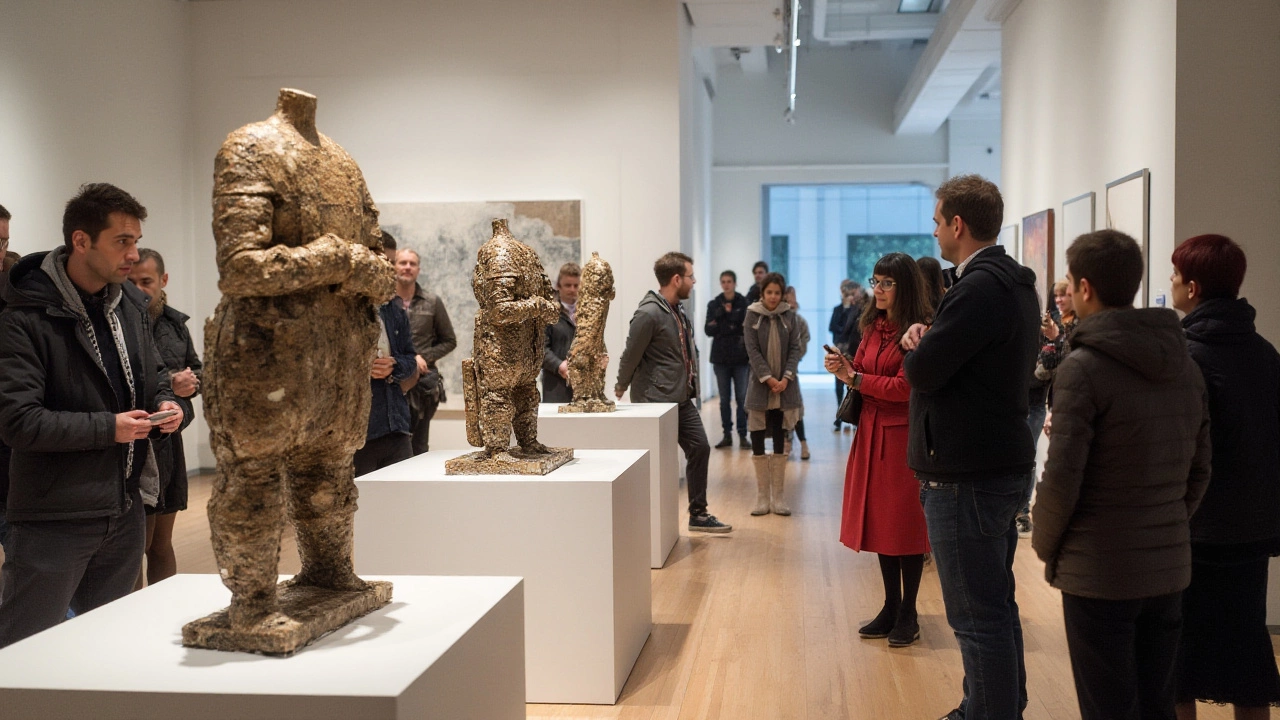
Tips for Aspiring Sculptors
Diving into the world of sculpture as an aspiring artist is a thrilling yet demanding journey, requiring both creative vision and technical expertise. The path to becoming a skilled sculptor begins with immersing oneself in the rich tapestry of the art form, understanding its history, and observing the techniques of both past and present masters. Key among these foundational steps is gaining a comprehensive knowledge of the different materials available and the specific techniques they require. For instance, working with stone demands patience and precision, while metal crafting calls for a unique understanding of welding and metallurgy. Wood carving offers an entirely different set of challenges, as it requires meticulous attention to grain and texture.
In the early stages, honing basic skills is crucial. Enrolling in beginner sculpture classes or workshops can provide structured learning and valuable feedback. Another essential practice is sketching regularly, as it sharpens one’s visual perception and aids in planning the structural elements of your sculpture art. By developing an eye for detail and the ability to conceptualize in three dimensions, aspiring sculptors can gradually move from simple forms to more complex creations, building confidence and skill along the way.
"Art is not what you see, but what you make others see." – Edgar Degas
The importance of persistence and resilience cannot be overstated. Many young artists might find themselves grappling with setbacks or unfavorable outcomes, but learning from mistakes is an intrinsic part of growing as a sculptor. Engaging with a community of fellow artists can offer both inspiration and support, opening doors to collaborative opportunities and diverse perspectives. Visiting galleries and exhibitions regularly broadens one’s understanding of current trends and innovative practices in the field of artistic expression.
Networking and Continuous Learning
Networking is a subtle yet powerful tool that can yield immense benefits for any budding artist. Attending art shows, joining sculpture associations, and participating in art fairs can pave the way for meaningful connections with mentors, collectors, and peers. These interactions often provide insights into the industry, while also serving as avenues for showcasing your own work. Aspiring sculptors should also remain adaptable, consistently updating their skills and staying abreast of new techniques and tools. Online platforms offer a treasure trove of resources, from live demos to virtual tutorials, which can be incredibly helpful in mastering niche skills required in specific sculpture mediums.
Lastly, remember the significance of storytelling in sculpture. A piece with a captivating narrative creates a lasting impression, resonating with audiences on a deeper level. Drawing inspiration from personal experiences or cultural motifs can imbue your work with authenticity and meaning, transforming it into more than just a physical object. By embracing these principles, aspiring sculptors can navigate their creative odyssey with confidence, gradually transforming raw materials into stunning, evocative pieces that captivate the imagination.
